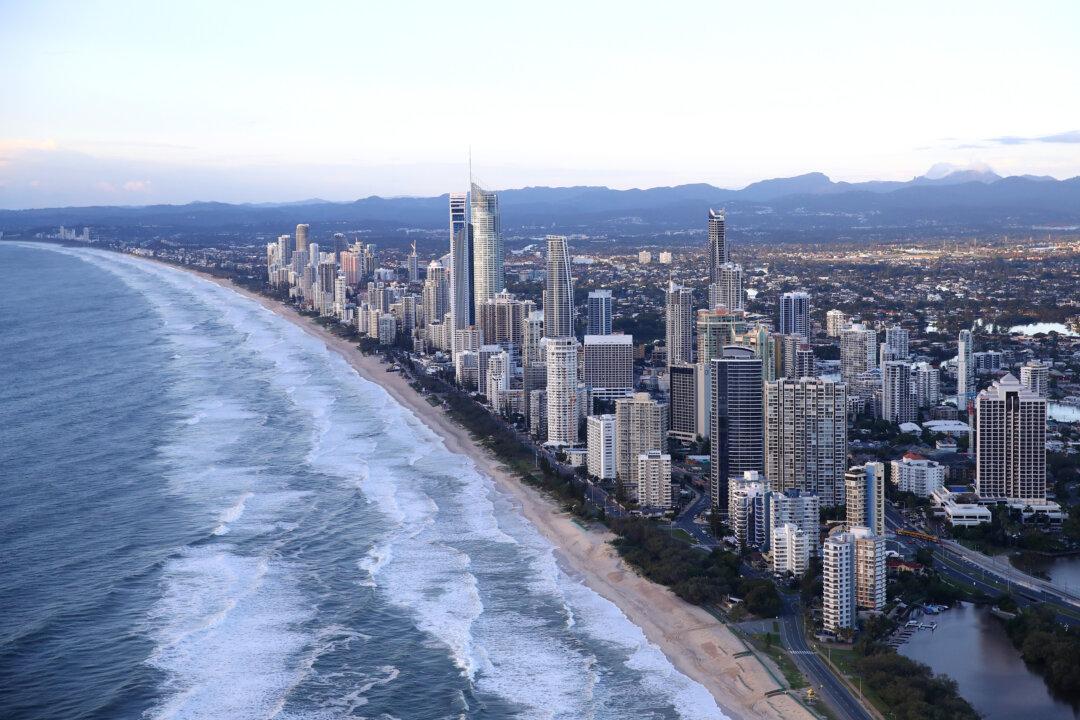Queensland will experience a population boom in the next five years with an interstate migration gain of over 110,000 people from other parts of Australia.
The 2024-25 budget papers (pdf) have projected the population growth of states and territories in the coming years.





